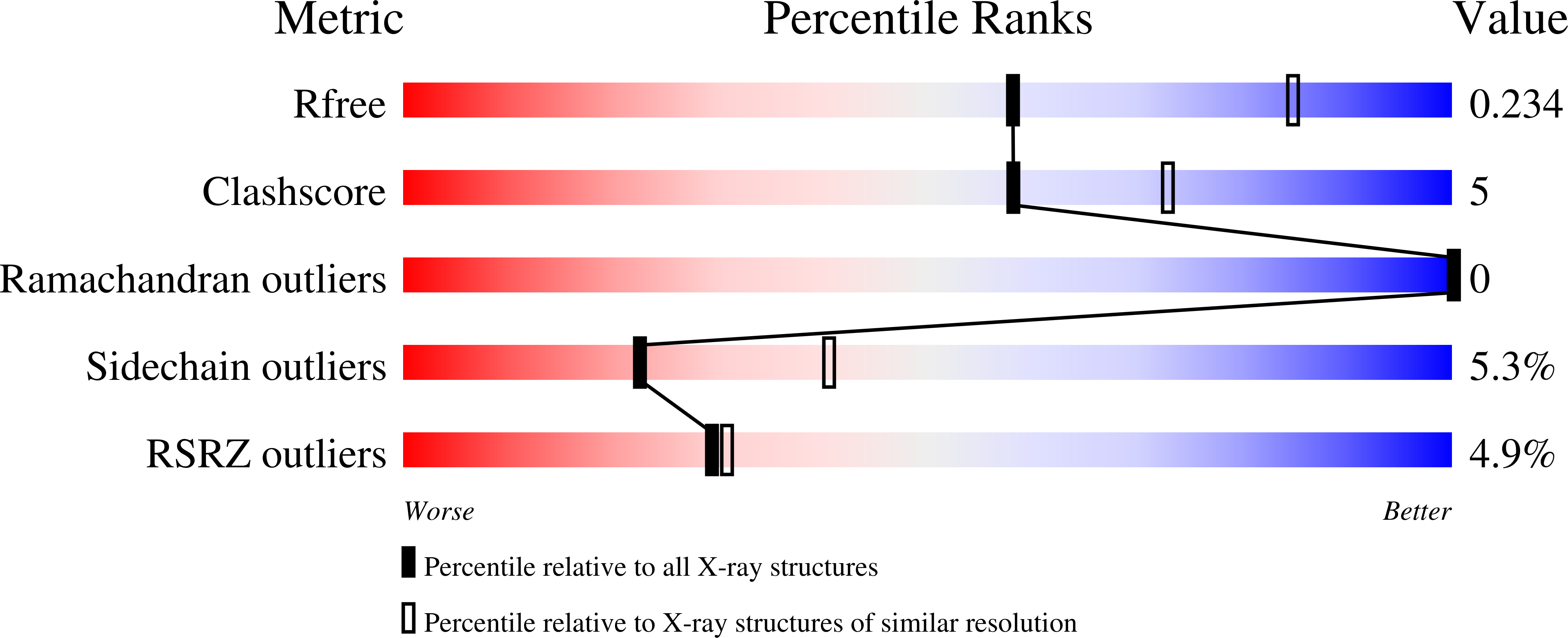
Deposition Date
2023-02-01
Release Date
2023-08-09
Last Version Date
2023-09-20
Entry Detail
PDB ID:
8CEF
Keywords:
Title:
Asymmetric Dimerization in a Transcription Factor Superfamily is Promoted by Allosteric Interactions with DNA
Biological Source:
Source Organism:
Mus musculus (Taxon ID: 10090)
DNA molecule (Taxon ID: 2853804)
DNA molecule (Taxon ID: 2853804)
Host Organism:
Method Details:
Experimental Method:
Resolution:
2.49 Å
R-Value Free:
0.23
R-Value Work:
0.21
R-Value Observed:
0.21
Space Group:
P 21 21 2


